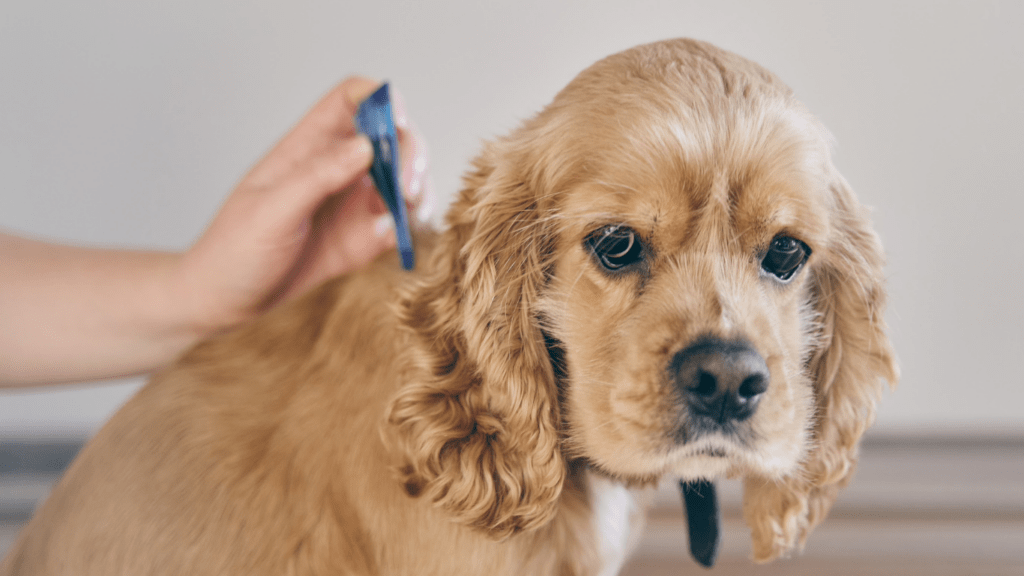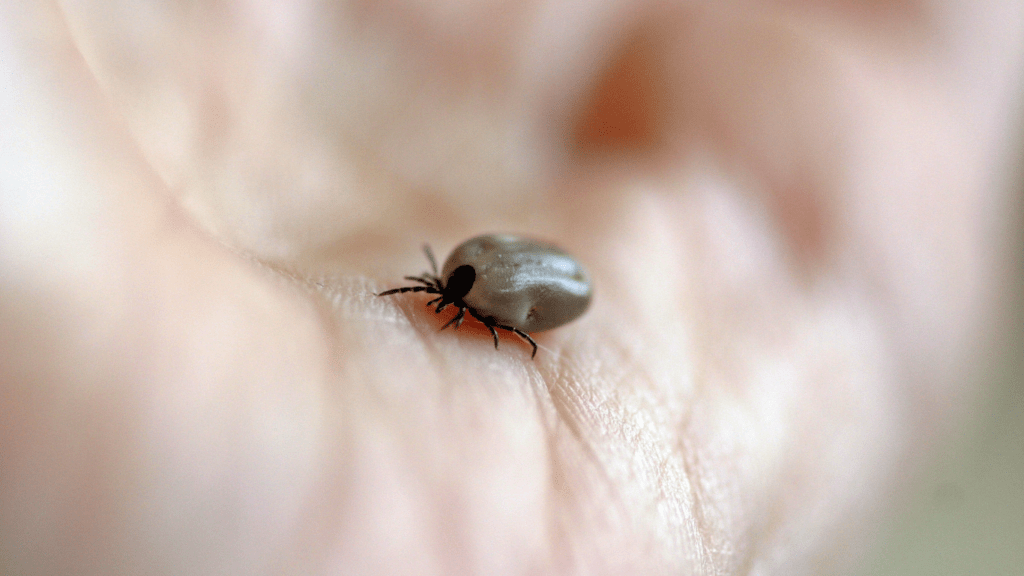Understanding Flea and Tick Prevention
Flea and tick prevention keeps pets healthy and happy. Addressing prevention helps avoid serious health issues.
Why It’s Important
Fleas and ticks carry diseases like:
- Lyme disease
- ehrlichiosis
which can cause severe health problems in pets. These parasites cause discomfort and allergic reactions in susceptible animals.
Prevention also helps reduce the risk of infestations in homes, ensuring a safer environment for both pets and humans.
Common Parasite Misconceptions
Many think fleas and ticks only target dirty environments, but they thrive in clean spaces too. It’s a myth that only outdoor pets need protection; indoor pets can also get infested.
Another misconception is that colder weather eliminates the risk; however, fleas and ticks can survive in various climates year-round.
Chemical Preventatives
Chemical preventatives offer effective solutions to protect pets from fleas and ticks. These methods include spot-on treatments and oral medications, which provide convenient and reliable protection.
Spot-On Treatments
Spot-on treatments deliver active ingredients directly to pets’ skin. I apply the liquid to their neck, where they can’t lick it off. These treatments spread through the skin oils, killing fleas and ticks on contact.
Common brands include Frontline Plus and Advantage II, which offer monthly protection. Spot-on treatments are easy to use, making them a popular choice among pet owners.
Oral Medications
Oral medications provide another effective way to combat fleas and ticks. Pets ingest these pills, which then circulate through their bloodstream.
When fleas or ticks bite, they ingest the active ingredient and die. Brands like NexGard and Bravecto offer chewable tablets that are easy to administer. I prefer oral medications for pets that might have skin sensitivities or for added protection alongside spot-on treatments.
Natural Alternatives
Exploring natural alternatives for flea and tick prevention provides pet owners with less invasive options. These methods rely on nature’s power to keep pests at bay, ensuring pets stay healthy without using chemicals.
Herbal Remedies and Essential Oils
- Herbal remedies and essential oils offer eco-friendly ways to prevent fleas and ticks.
- Using essential oils like lavender, eucalyptus, and lemongrass, which have insect-repellent properties.
- Dilute these oils and apply them to your pet’s collar, or use them in a spray with water and a few drops of apple cider vinegar.
- Herbal options include neem oil, which can be mixed with a carrier oil like coconut oil and applied to your pet’s coat.
- Another effective herb is rosemary, which can be used in a rinse for your pet’s fur.
Diet-Based Solutions
Diet-based solutions play a crucial role in natural flea and tick prevention. Adding specific ingredients to a pet’s diet enhances their natural defenses.
I suggest incorporating brewer’s yeast and garlic in small amounts into your pet’s food, as these ingredients make your pet less appealing to pests.
Omega-3 fatty acids, found in fish oil, also strengthen the immune system and improve skin health, creating a less hospitable environment for fleas and ticks. Always consult your veterinarian before making dietary changes to ensure your pet’s safety and health.
Tips for Application and Safety

Proper application and safety measures are crucial when using flea and tick preventatives to ensure effectiveness and avoid harm to pets.
Best Practices for Applying Treatments
Choose products recommended by veterinarians. Always follow the manufacturer’s instructions when applying topical or oral treatments.
When using a spot-on treatment, apply it directly to the skin, not on the fur, usually between the shoulder blades where pets can’t lick it. For oral medications, ensure pets consume the entire dose by mixing it with their food if necessary.
Store treatments in a cool, dry place out of reach of children and other pets. Washing hands after application prevents accidental ingestion or skin contact.
How to Monitor for Side Effects
Observe pets for any signs of adverse reactions after administering treatment. Common side effects include vomiting, diarrhea, lethargy, and excessive drooling.
Contact a veterinarian immediately if pets show severe reactions such as seizures or difficulty breathing. Keeping a record of past treatments helps identify any patterns or recurring issues.
Regularly inspect the application site for redness, hair loss, or scabs. Share observations with the vet during routine check-ups to ensure ongoing safety and efficacy of the flea and tick prevention methods.


